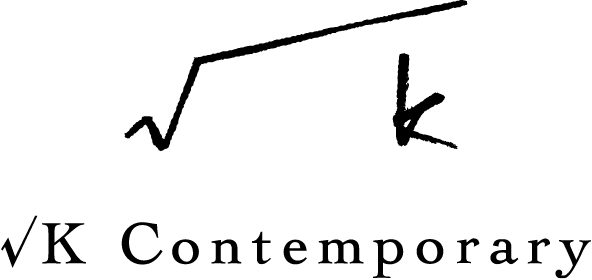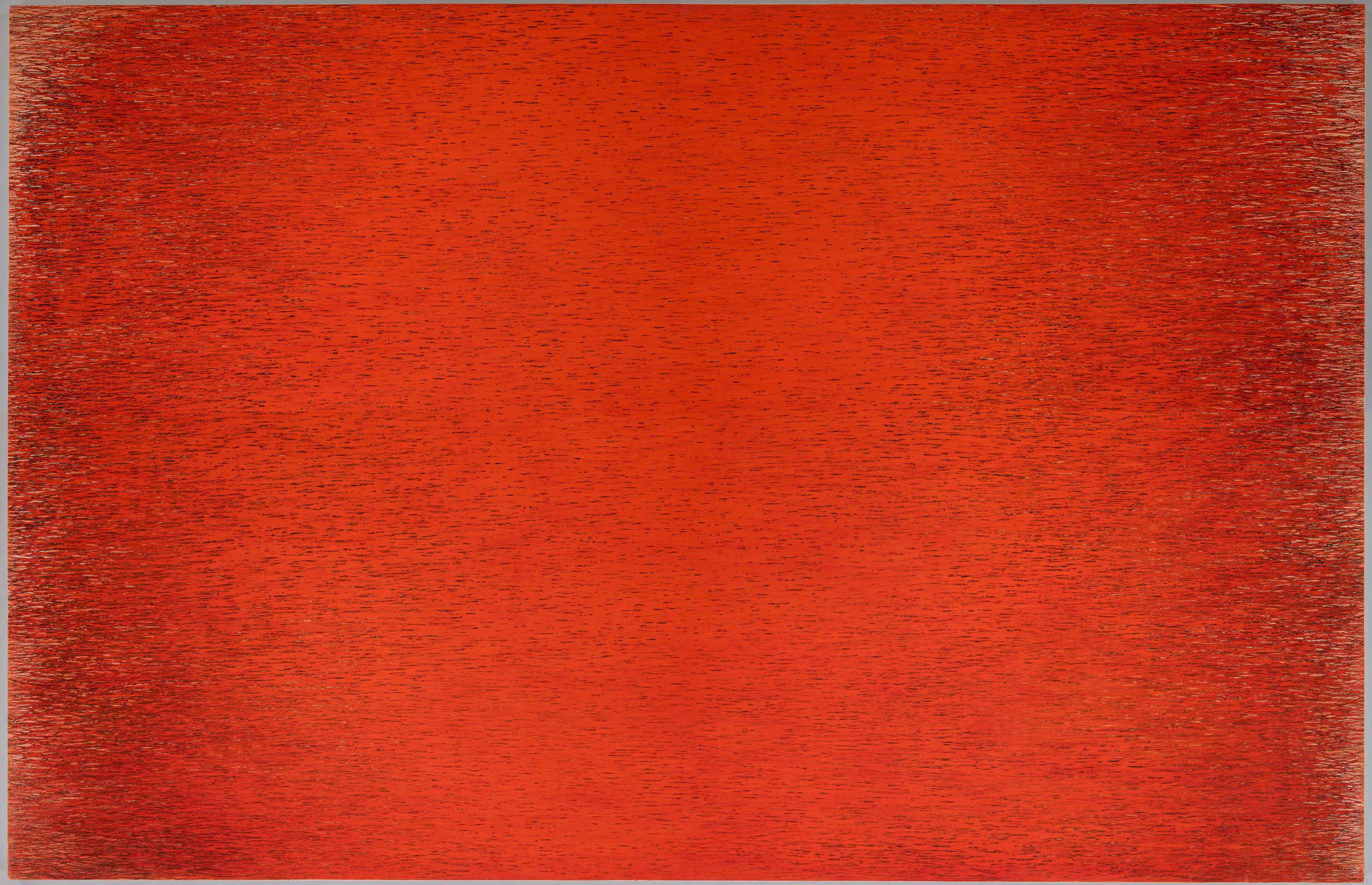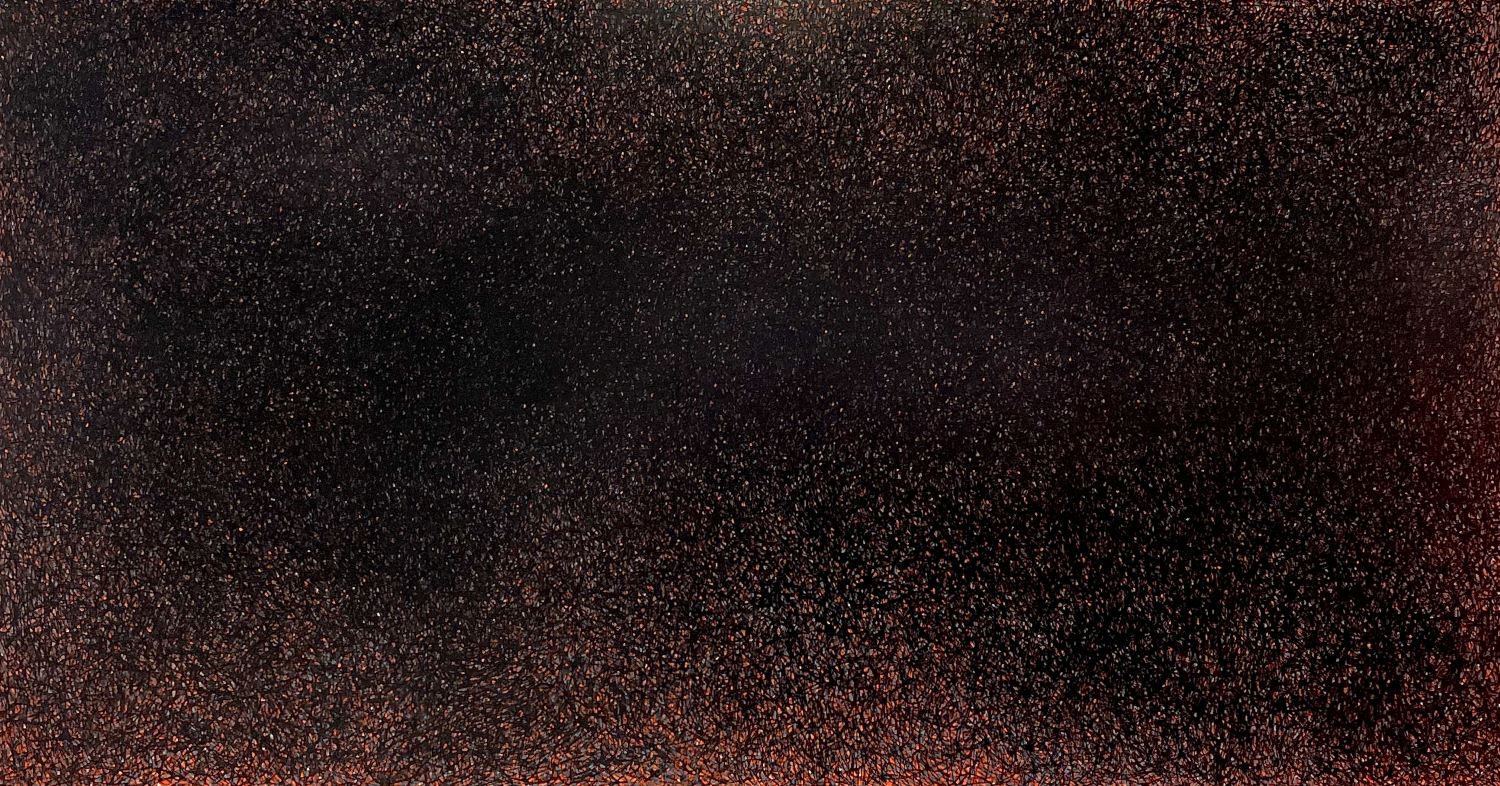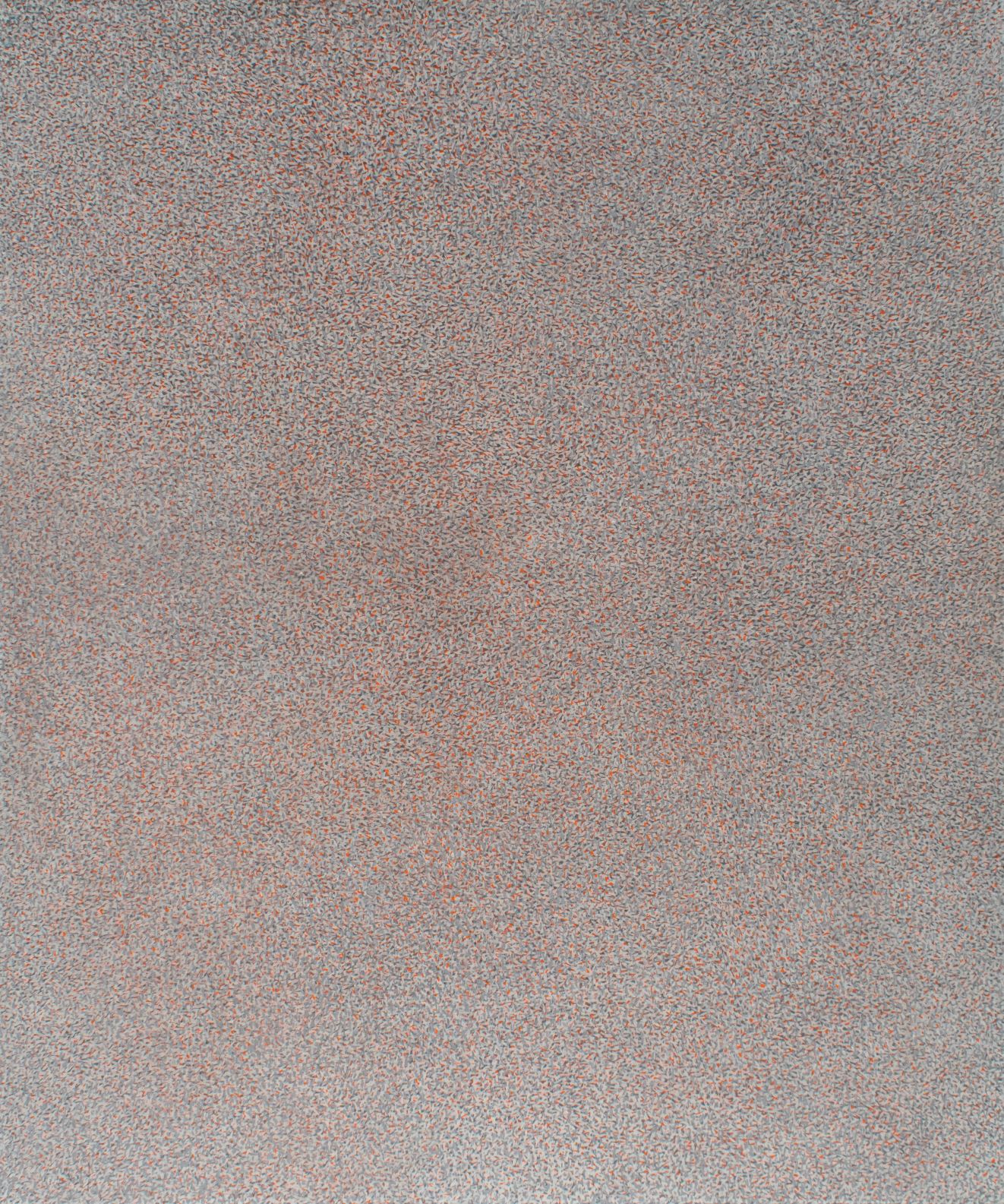On March 18, we will take a deep dive into Kiyoshi Hamada's 60-year-long and growing career, and host a gallery talk focusing on art from the post-war period of the 1970s to the present.
While many may know of the various changes art underwent during the postwar period, few have had the opportunity to hear direct, intimate, and personal accounts from those who truly experienced these transitions. In this special event, mediated by art media figure, Ms. Kunugi, the seasoned gallerist Mr. Kawafune, and artist Mr. Hamada will look back on their own experiences to share and discuss inside stories about artists who made their mark in history, the art market of the time and much more. Please take this opportunity to learn more about the art world, from the 1970s to the present, firsthand.
*Please note, the gallery talk will be in Japanese only.
【Event Outline 】
Schedule|March 18, 2023, 3pm to 4:30 pm
Guests|Kei Kawafune (Director, Gallery Kawafune)
Kiyoshi Hamada (Artist)
Moderator|Tomoko Kunugi (Ishin Denshin CEO)
Admission|Free
*Japanese-only event
【Reservations】
√K Contemporary
Tel: (+81) 3-6280-8808 | Fax: (+81) 3-6280-8809 | Email: info@root-k.jp
【Profiles】
Guest|Kei Kawafune (Director, Gallery Kawafune)
Following his time with Hagurodo in Yushima, Tokyo, Kawafune opened Gallery Kawafune in Nihonbashi, Tokyo in 1983. Currently based in Kyobashi, the gallery's extensive rota ranges from pre and post-war to contemporary art.
Gallery Website: https://kawafune.com/
Moderator|Ms. Tomoko Kunugi (Ishin Denshin CEO)
Born in 1969, Kofu City of Yamanashi Prefecture. A Keio University graduate, Kunugi received her Aesthetics and Art History degree in 1992.
Following graduation, Kunugi would work for an art-specialist publishing company for 25 years in the editing and sales of art magazines. In 2018, Kunugi established Ishin Denshin, a company involved in the editing of art books and catalogs, manuscript production, artist promotion, as well as in the operation of exhibitions. In 2022, Kunugi published “School Days of Artists” (Geijutsu Shimbunsha), a collection of narratives by 10 leading artists. Currently, Kunugi is the editor of Yuji Yamashita's column on Geijutsu Shincho.
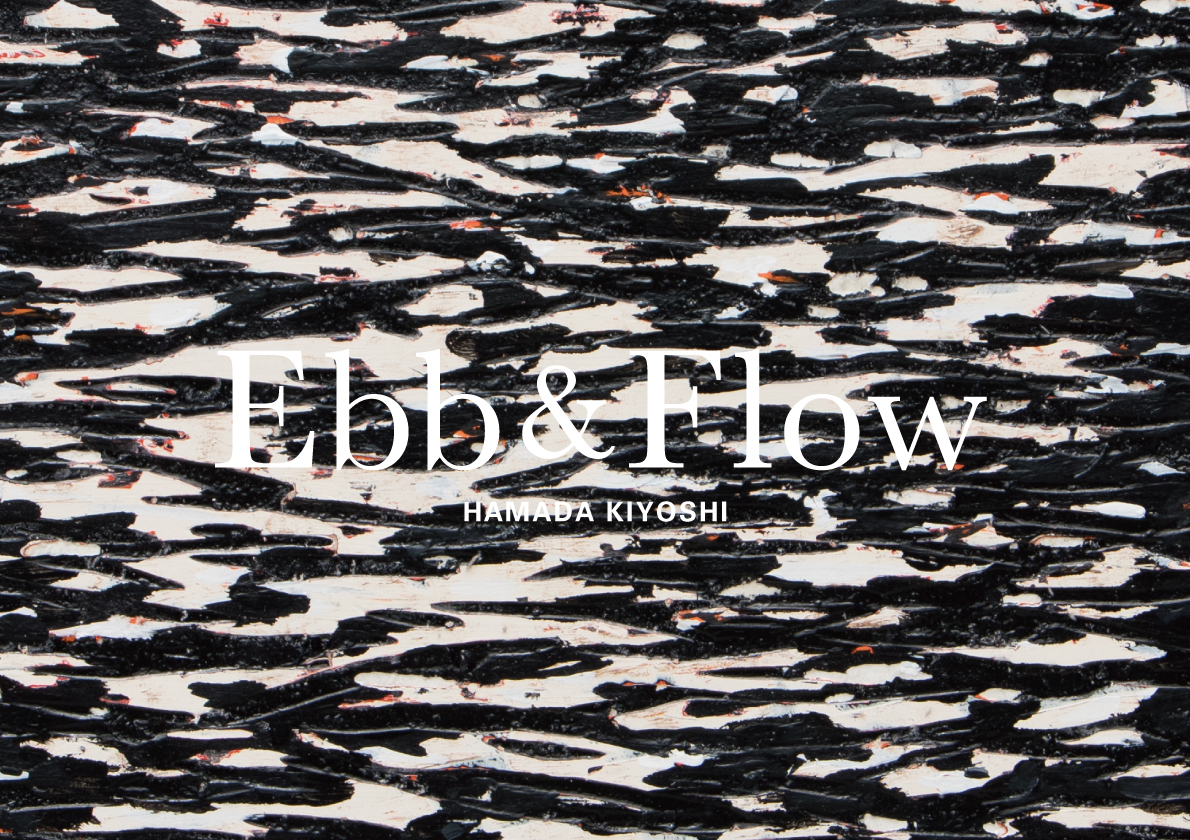

Kiyoshi Hamada, Ebb & Flow
Dates| February 25 (Sat) to March 25 (Sat), April 1 (Sat) to 15 (Sat), 2023
Venue| √K Contemporary
Admission|Free
【Exhibition Period Extension Announcement】
Kiyoshi Hamada, Ebb & Flow has been extended until April 15, 2023. Following the exhibition changeover period of March 28 (Tue) to 31 (Fri), Ebb & Flow will return with a partial display changeover of previously unexhibited works.
*Please note that the gallery will be closed for viewing on the aforementioned days of the exhibition changeover period.
On view from February 25 (Saturday) through March 25 (Saturday) April 15 (Saturday), Kiyoshi Hamada’s large-scale solo exhibition will traverse 3-floors of the gallery, presenting works from 60+ years of the artist’s career.
Taking place across three floors of the gallery from the basement to the 2nd floor, Ebb & Flow will exhibit the artist’s earliest works, from his initial career as a silkscreen artist to the Drawings of the 80s, as well as his iconic series of “shaved, carved and layered” works that began in the ’90s. Spanning 60 years of his career, Ebb & Flow offers viewers the opportunity to experience the great changes and developments in the artist’s vast oeuvre.
【On the Exhibition】
Hamada began his career as a silkscreen artist in the 1960s. Known for his minimalistic mindscapes, his superseding sharp and long, oval-shaped cuts of reds over deep black silkscreens were met with great recognition and acclaim. However, Hamada felt a sense of dissonance due to his inability to produce works independently and, in the 80s, embarked on a new endeavor; to challenge the art of the line by using the most basic of materials, a pencil, and paper. From here on, Hamada would traverse between different systems of production, from the repeated process of etching, scraping, and layering of paints, to the superimposing of wooden blocks.
Through this perpetual revision of production methods, Hamada’s works undergo constant transformation. However, in spite of this perennial flux, the artist remains allegiant in his attitudes toward his work. Rather, through his utilization of deeply physical and intimate processes, what each and every single one of the artist’s works sublimate is the accumulation of his time, labor, and presence.
Covering 3 floors of gallery space, this comprehensive display of the artist’s approximately 60-year-long career will present the silkscreens of his early career to his latest works.
Ebb & Flow (Japanese: Michihi)
Hamada spent his childhood by the sea, playing and living alongside the ebbs and flows of the tides.
At low tide, he would play on the beach and leave footprints on the sand.
By high tide, these traces would disappear.
This memory would always remain in his mind.
In his endless search for new forms of expression, Hamada preserves the physicality and time of his production and leaves new footprints in the sand.
【Upcoming Events】
Events such as gallery talks with the artists are scheduled to be held during the course of the exhibition.
For full details, please see the Events section below.
IMAGES
-
17-F-1, 2005
-
5-2-9, 2023
-
4-12-24, 2022
-
ARTISTS
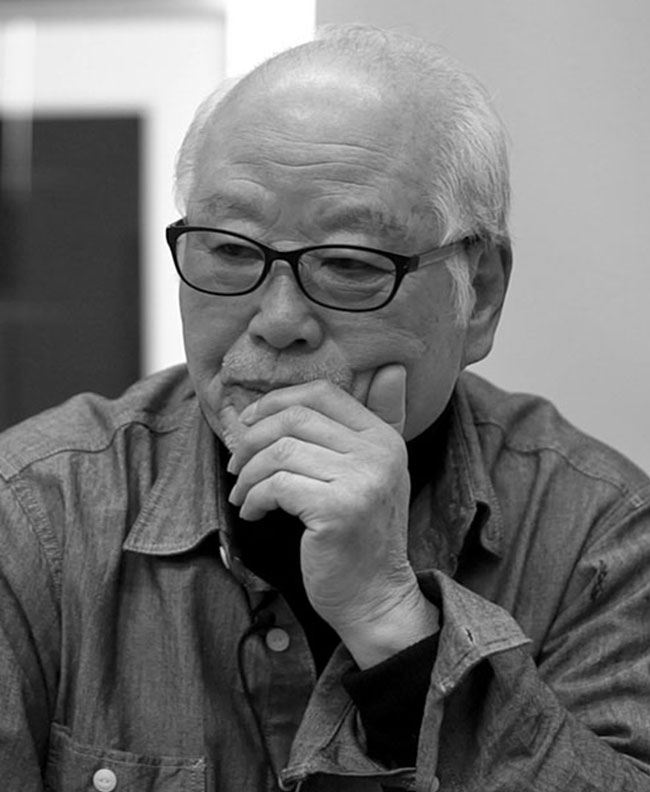
Kiyoshi Hamada was born in 1937 in Kochi, Japan. Following graduation from Tama Art University in 1961, Hamada became acquainted with leading post-war Japan avant-garde artists, such as Yoshishige Saito, and began pursuing abstract modes of production. He received an Honorable Mention at the Osaka Biennale of Prints Competition of 1977 and, with much acclaim, has been active in various domestic and international exhibitions. In 2015, he held a solo exhibition, “The Legacy of Kiyoshi Hamada – Paintings of Layering and Erasing”, at the Nerima Art Museum. With great promise, Hamada’s oeuvre has developed over time. Nevertheless, from his iconic Drawing series to his recent monochrome semi-cultural works, Hamada’s preoccupation with the “systems” of production has remained essential to his work.
His works have been acquired by various museums, such as the National Museum of Modern Art, Tokyo (Japan), Museum of Contemporary Art, Tokyo (Japan), Artizon Museum (Tokyo, Japan), and the Kraków Museum of Art (Poland).
< Public Collections >
The National Museum of Modern Art, Tokyo (Tokyo), Museum of Contemporary Art Tokyo (Tokyo), Machida City Museum of Graphic Arts (Tokyo), Tokyo Opera City Art Gallery (Tokyo), Artizon Museum (Tokyo), Nerima Art Museum (Tokyo), Fuchu Art Museum (Tokyo) Mitaka City Gallery of Art (Tokyo), Osaka Contemporary Art Center (Osaka), The Museum of Art, Kochi (Kochi), Shirakidani International Museum of Contemporary Art (Kochi), Tochigi Prefectural Museum of Fine Arts (Tochigi), Okazaki City Museum of Art (Aichi), Kraków Museum of Art (Poland), Cleveland Museum of Art (Cleveland), The Art Institute of Chicago (Chicago), Art Gallery of New South Wales (New South Wales)
For more details, click here.

Kiyoshi Hamada was born in 1937 in Kochi, Japan. Following graduation from Tama Art University in 1961, Hamada became acquainted with leading post-war Japan avant-garde artists, such as Yoshishige Saito, and began pursuing abstract modes of production. He received an Honorable Mention at the Osaka Biennale of Prints Competition of 1977 and, with much acclaim, has been active in various domestic and international exhibitions. In 2015, he held a solo exhibition, “The Legacy of Kiyoshi Hamada – Paintings of Layering and Erasing”, at the Nerima Art Museum. With great promise, Hamada’s oeuvre has developed over time. Nevertheless, from his iconic Drawing series to his recent monochrome semi-cultural works, Hamada’s preoccupation with the “systems” of production has remained essential to his work.
His works have been acquired by various museums, such as the National Museum of Modern Art, Tokyo (Japan), Museum of Contemporary Art, Tokyo (Japan), Artizon Museum (Tokyo, Japan), and the Kraków Museum of Art (Poland).
< Public Collections >
The National Museum of Modern Art, Tokyo (Tokyo), Museum of Contemporary Art Tokyo (Tokyo), Machida City Museum of Graphic Arts (Tokyo), Tokyo Opera City Art Gallery (Tokyo), Artizon Museum (Tokyo), Nerima Art Museum (Tokyo), Fuchu Art Museum (Tokyo) Mitaka City Gallery of Art (Tokyo), Osaka Contemporary Art Center (Osaka), The Museum of Art, Kochi (Kochi), Shirakidani International Museum of Contemporary Art (Kochi), Tochigi Prefectural Museum of Fine Arts (Tochigi), Okazaki City Museum of Art (Aichi), Kraków Museum of Art (Poland), Cleveland Museum of Art (Cleveland), The Art Institute of Chicago (Chicago), Art Gallery of New South Wales (New South Wales)
For more details, click here.
EVENT
-
2023.03.18Gallery Talk
